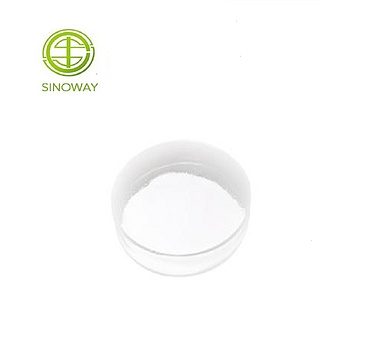Grade: Pharmaceutical Grade
Factory Location: Xiamen, China
Main Sales Markets: North America
Sample Provided: no
Payment Terms: L/C
Product name |
Alogliptin benzoate |
CAS No. |
850649-62-6 |
Molecular Formula |
C18H21N5O2.C7H6O2 |
Molecular Weight |
461.52 |
Quality Standard |
98% up by HPLC |
Appearance |
White powder |
COA of Alogliptin benzoate |
ITEMS |
SPECIFICATION |
RESULT |
Appearance |
White or off-white crystalline powder |
Complies |
Melting point |
181.0°C ~185.0°C |
182-184°C, melting and decomposition |
Specific rotation |
+13° ~ +18° |
+14.6° |
Identification |
1. UV: maximum absorption at the wavelength of 278+2nm |
Complies |
2. IR: be consistent with standard |
Complies |
|
3. HPLC: the retention time of the main peak of the solution should be consistent with the retention time of the main peak of the reference solution. |
Complies |
|
Water |
≤ 0.5% |
0.15% |
Residue on ignition |
≤ 0.2% |
0.09% |
Heavy metals |
≤ 20 ppm |
Complies |
Enantiomer |
≤ 0.5% |
ND |
Residual solvents |
Ethanol ≤ 5000ppm |
985 ppm |
DMF ≤ 880 ppm |
ND |
|
DCM ≤ 600 ppm |
ND |
|
TOL ≤ 890 ppm |
ND |
|
IPA ≤ 5000 ppm |
ND |
|
Relatedsubstances |
Single impurity ≤ 0.1% |
0.01% |
Total impurities≤ 2.0% |
0.05% |
|
Assay |
98.0% - 102.0% |
100.01% |
Conclusion |
The sample complies with the above specification |
|
Usage |



